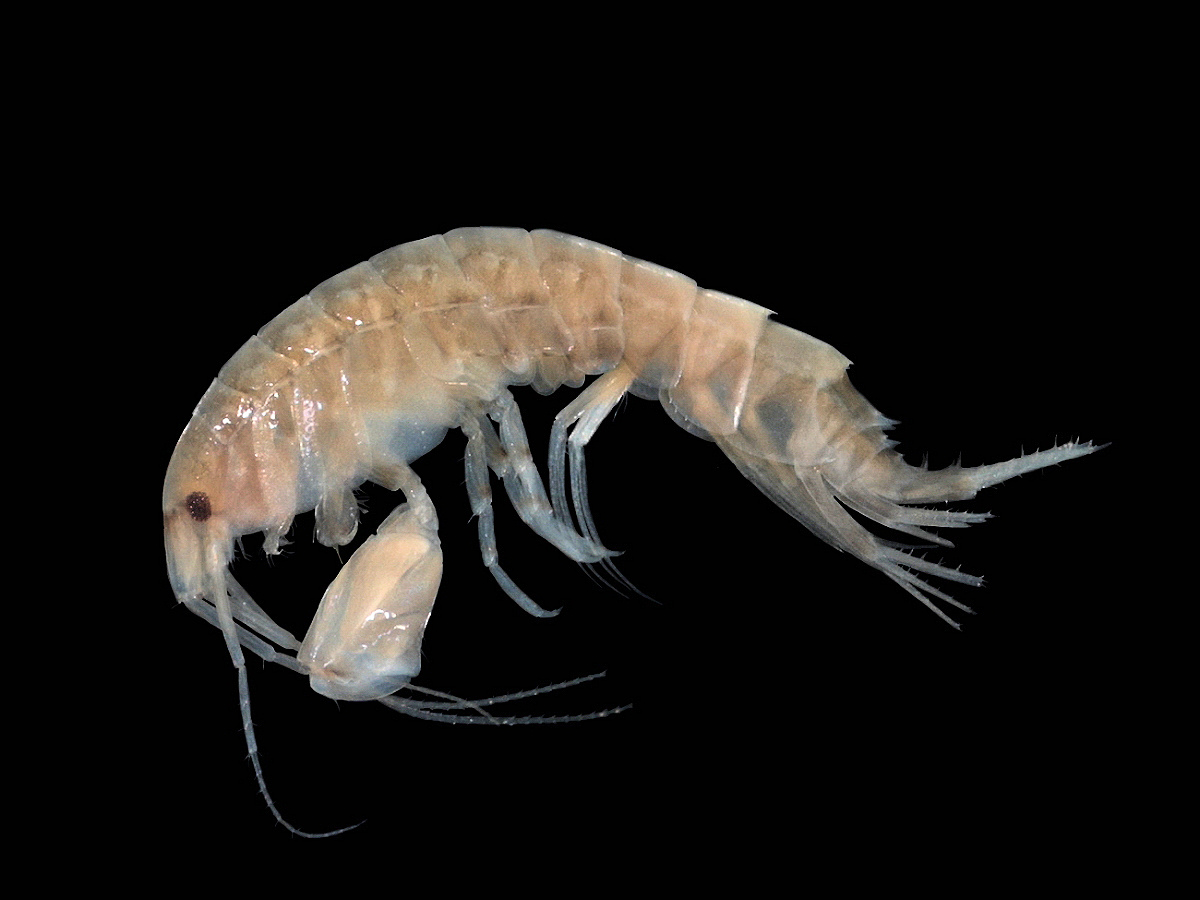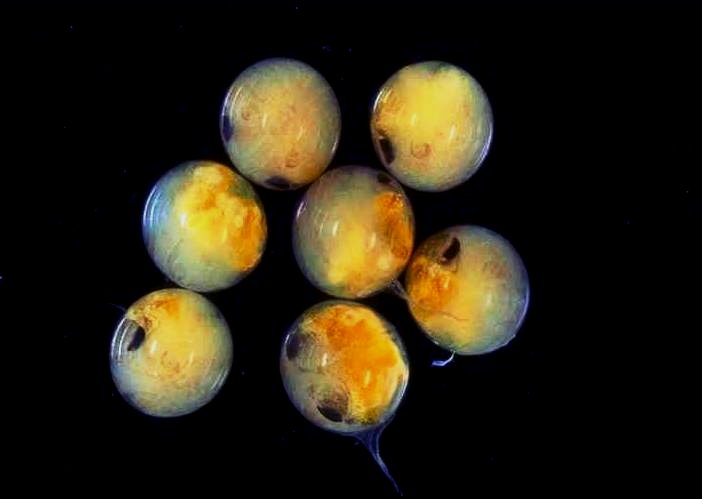|
Trypetesidae
Trypetesidae is a family of crustaceans belonging to the order Lithoglyptida Lithoglyptida is an order of barnacles in the class Thecostraca Thecostraca is a class of marine invertebrates containing over 2,200 described species. Many species have planktonic larvae which become sessile or parasitic as adults. The most .... Genera: * '' Tomlinsonia'' Turquier, 1985 * '' Trypetesa'' Norman, 1903 References {{Taxonbar, from=Q18197454 Maxillopoda Crustacean families Taxa named by Thomas Roscoe Rede Stebbing Crustaceans described in 1910 ... [...More Info...] [...Related Items...] OR: [Wikipedia] [Google] [Baidu] |
Lithoglyptida
Lithoglyptida is an order of barnacles in the class Thecostraca Thecostraca is a class of marine invertebrates containing over 2,200 described species. Many species have planktonic larvae which become sessile or parasitic as adults. The most important subgroup are the barnacles (subclass Cirripedia), consti .... There are 2 families and more than 40 described species in Lithoglyptida. Taxonomy These families, subfamilies, and genera belong to the order Lithoglyptida: : Family Lithoglyptidae Aurivillius, 1892 :: Subfamily Berndtiinae Utinomi, 1950 ::: Genus Berndtia Utinomi, 1950 ::: Genus Weltneria Berndt, 1907 :: Subfamily Kochlorininae Gruvel, 1905 ::: Genus Kochlorine Noll, 1872 ::: Genus Kochlorinopsis Stubbings, 1967 :: Subfamily Lithoglyptinae Aurivillius, 1892 ::: Genus Auritoglyptes Kolbasov & Newman, 2005 ::: Genus Balanodytes Utinomi, 1950 ::: Genus Lithoglyptes Aurivillius, 1892 : Family Trypetesidae Stebbing, 1910 :: Genus Tomlinsonia Turquier, 1985 :: ... [...More Info...] [...Related Items...] OR: [Wikipedia] [Google] [Baidu] |
Thomas Roscoe Rede Stebbing
The Reverend Thomas Roscoe Rede Stebbing Fellow of the Royal Society, FRS, Fellow of the Linnean Society, FLS (6 February 1835, London – 8 July 1926, Royal Tunbridge Wells) was a British zoology, zoologist, who described himself as "a serf to natural history, principally employed about crustacean, Crustacea". Educated in London and Oxford, he only took to natural history in his thirties, having worked as a teacher until then. Although an ordained Anglican priest, Stebbing promoted Darwinism in a number of popular works, and was banned from preaching as a result. His scientific works mostly concerned crustaceans, especially the Amphipoda and Isopoda, the most notable being his work on the amphipods of the Challenger expedition, ''Challenger'' expedition. His zoological author abbreviation is Stebbing. Species he authored are listed at :Taxa named by Thomas Roscoe Rede Stebbing and bthis query Biography Thomas Roscoe Rede Stebbing was born on 6 February 1835 in Euston Square, L ... [...More Info...] [...Related Items...] OR: [Wikipedia] [Google] [Baidu] |
Crustacean
Crustaceans (Crustacea, ) form a large, diverse arthropod taxon which includes such animals as decapods, seed shrimp, branchiopods, fish lice, krill, remipedes, isopods, barnacles, copepods, amphipods and mantis shrimp. The crustacean group can be treated as a subphylum under the clade Mandibulata. It is now well accepted that the hexapods emerged deep in the Crustacean group, with the completed group referred to as Pancrustacea. Some crustaceans ( Remipedia, Cephalocarida, Branchiopoda) are more closely related to insects and the other hexapods than they are to certain other crustaceans. The 67,000 described species range in size from '' Stygotantulus stocki'' at , to the Japanese spider crab with a leg span of up to and a mass of . Like other arthropods, crustaceans have an exoskeleton, which they moult to grow. They are distinguished from other groups of arthropods, such as insects, myriapods and chelicerates, by the possession of biramous (two-parted) l ... [...More Info...] [...Related Items...] OR: [Wikipedia] [Google] [Baidu] |
Maxillopoda
Crustaceans (Crustacea, ) form a large, diverse arthropod taxon which includes such animals as decapods, seed shrimp, branchiopods, fish lice, krill, remipedes, isopods, barnacles, copepods, amphipods and mantis shrimp. The crustacean group can be treated as a subphylum under the clade Mandibulata. It is now well accepted that the hexapods emerged deep in the Crustacean group, with the completed group referred to as Pancrustacea. Some crustaceans (Remipedia, Cephalocarida, Branchiopoda) are more closely related to insects and the other hexapods than they are to certain other crustaceans. The 67,000 described species range in size from '' Stygotantulus stocki'' at , to the Japanese spider crab with a leg span of up to and a mass of . Like other arthropods, crustaceans have an exoskeleton, which they moult to grow. They are distinguished from other groups of arthropods, such as insects, myriapods and chelicerates, by the possession of biramous (two-parted) limbs, and by their ... [...More Info...] [...Related Items...] OR: [Wikipedia] [Google] [Baidu] |
Crustacean Families
Crustaceans (Crustacea, ) form a large, diverse arthropod taxon which includes such animals as decapoda, decapods, ostracoda, seed shrimp, branchiopoda, branchiopods, argulidae, fish lice, krill, remipedes, isopoda, isopods, barnacles, copepods, amphipoda, amphipods and mantis shrimp. The crustacean group can be treated as a subphylum under the clade Mandibulata. It is now well accepted that the Hexapoda, hexapods emerged deep in the Crustacean group, with the completed group referred to as Pancrustacea. Some crustaceans (Remipedia, Cephalocarida, Branchiopoda) are more closely related to insects and the other hexapods than they are to certain other crustaceans. The 67,000 described species range in size from ''Stygotantulus, Stygotantulus stocki'' at , to the Japanese spider crab with a leg span of up to and a mass of . Like other arthropods, crustaceans have an exoskeleton, which they ecdysis, moult to grow. They are distinguished from other groups of arthropods, such as insec ... [...More Info...] [...Related Items...] OR: [Wikipedia] [Google] [Baidu] |
Taxa Named By Thomas Roscoe Rede Stebbing
In biology, a taxon (back-formation from ''taxonomy''; plural taxa) is a group of one or more populations of an organism or organisms seen by taxonomists to form a unit. Although neither is required, a taxon is usually known by a particular name and given a particular ranking, especially if and when it is accepted or becomes established. It is very common, however, for taxonomists to remain at odds over what belongs to a taxon and the criteria used for inclusion. If a taxon is given a formal scientific name, its use is then governed by one of the nomenclature codes specifying which scientific name is correct for a particular grouping. Initial attempts at classifying and ordering organisms (plants and animals) were set forth in Carl Linnaeus's system in ''Systema Naturae'', 10th edition (1758), as well as an unpublished work by Bernard and Antoine Laurent de Jussieu. The idea of a unit-based system of biological classification was first made widely available in 1805 in the int ... [...More Info...] [...Related Items...] OR: [Wikipedia] [Google] [Baidu] |




